Mariculture has a key role to play in getting the global ocean economy firmly on track, finds top-level study
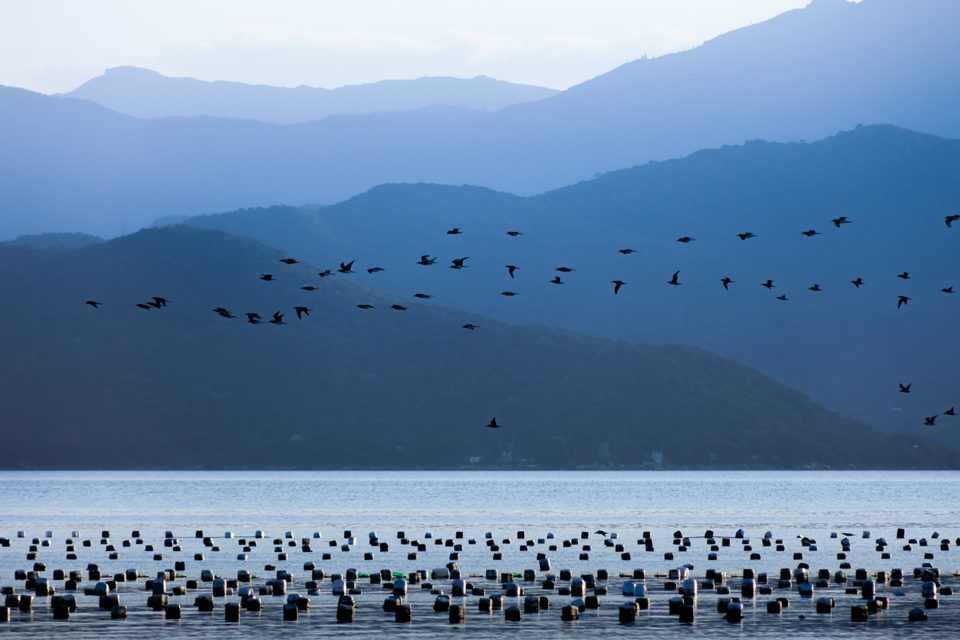
The farming of aquatic species in marine environments – aka mariculture – is a key pathway to establishing the sort of balanced management capable of protecting the ocean while also ensuring that greater levels of sustainable production and equitable prosperity can be generated from it. That is according to a new report commissioned by 14 world leaders through the High Level Panel for a Sustainable Ocean Economy (Ocean Panel).
Written by Certified B Corporation Systemiq and the Ocean Panel Expert Group co-chairs, “Ocean Solutions that Benefit People, Nature and the Economy” intends to set out a new ocean narrative. Drawing on recent scientific research and analyses, including insights from 19 previous Ocean Panel-commissioned papers, it aims to show how a sustainable ocean economy – with protection, production and prosperity going hand-in-hand – can create a healthy ocean that provides solutions to global challenges.
Using the analysis from a Blue Paper commissioned by the Ocean Panel, the report identifies that the volume of food production from the ocean is still “vastly under-realized” but has the scope to provide up to six times more food than it does at present if it’s managed better and sustainably. It also states that mariculture could theoretically produce as much as 15 billion metric tons (MT) of fed and non-fed products and make a considerable contribution to the food security for a 2050 world population of almost 10 billion people.
Adrien Vincent, Ocean Lead at Systemiq and co-author of the report, told The Advocate that mariculture’s importance to the ocean economy stems from its immense triple-potential as a food source, as a major employer, and in the case of lower trophic species – as a leading provider of regenerative biomaterials.
In terms of being a food source, he highlights that while only comparatively small gains can be expected in capture-fisheries yield if they are managed sustainably, mariculture’s biological food production capabilities are incredibly large. Specifically, fed mariculture species can efficiently convert feed into protein, while non-fed mariculture – bivalves, seaweeds, etc. – can supply large quantities of proteins and biomaterials without any input of feed, fertilizers, land or freshwater.
The report also notes that mariculture has also a lower carbon footprint than most land-based meat production. As for mariculture’s scope as a provider of employment, Vincent expected that to grow and provide a vital lifeline for fishers that have historically targeted wild stocks that are dwindling.
The intergovernmental Organization for Economic Co-operation and Development (OECD) projections support this notion and has itself forecasted strong mariculture employment growth to 3.2 million jobs in 2030 (up from 2.1 million in 2010) under a business-as-usual scenario. However, the Ocean Panel-commissioned analysis believes much higher job growth is possible if new technology is introduced that eliminates current constraints on feed availability, and non-fed mariculture production is ramped up.
As for being a regenerative source of biomaterials, seaweed – “nature’s super crop” – does not need any inputs to grow and also provides benefits like carbon sequestration and habitat generation. And in addition to its use as a food, seaweed is an increasingly important source of biomaterials for animal feed, pharmaceuticals, additives, bio-packaging, cosmetics, biofuels and much more, Vincent said.
https://www.aquaculturealliance.org/advocate/with-entrenched-aquaculture-views-alaska-weighs-future-in-farming/
A matter of perception
While mariculture has been growing at a stable pace in recent years (around 5.8 percent annually according to the FAO), the Ocean Panel-commissioned report acknowledges that in particular finfish mariculture is still too often associated with unsustainable practices such as fish escapes, local fouling, overuse of antibiotics, disease transfer etc., as well as also being “critically constrained” by the need to “fish wild fish to farm fish.” But it also states that the expansion potential would be “almost unlimited” if feeds can be decoupled from fishmeal and fish oil. At the same time, unfed mariculture, such as bivalves and seaweed, have the capacity to substantially increase nutritious food and feed with a lower impact on the marine environment, and may in some cases enhance wild fisheries by creating artificial habitats.
The report further points out that the acceleration of sustainable mariculture will require the coordinated intervention of governments and investors, as well as an adjustment of consumer preferences.
Vincent explains that to get mariculture into the minds of businesses, investors and consumers, will require four key enablers: Ensure sustainability; educate consumers; create the right vehicles to invest in mariculture; and create a favorable legislative environment.
The mariculture opportunity also has to be considered in an integrated and science-based way, alongside other sustainable ocean economy sectors, he said. “This is where ecosystem-based and integrated marine spatial planning is so critical.”
Mariculture can provide low-impact, high-quality protein, but it must do so sustainably, Vincent insists: “This means that industry needs to adhere to standards – eliminating excessive effluents from farms, reducing and eliminating fish in feed, reducing antibiotic use, adhering to animal welfare standards, and preventing natural habitat destruction.”
If these standards are followed, the industry overall can grow and ensure enduring public acceptance – both for licensing and consumer acceptance, he said.
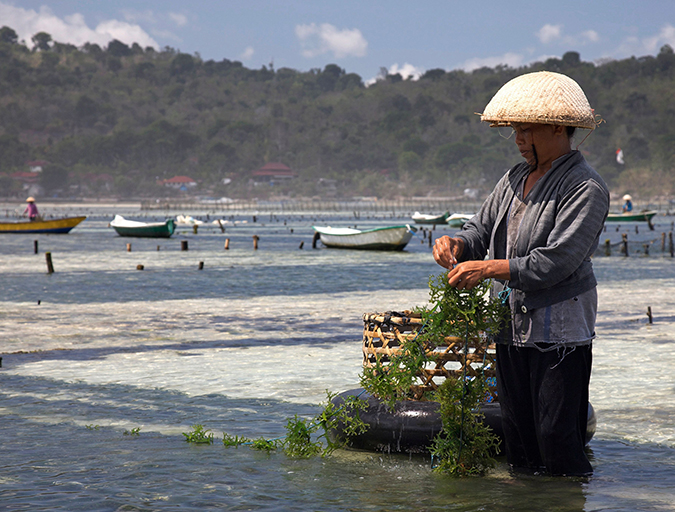
Addressing equity issues
Reflecting on consumer education, the overriding market perception of aquaculture finfish is as a food category of its own rather than as a potential replacement for poultry, pork and beef. Also, farmed fish is still too often perceived by western consumers as being lower quality than wild-caught.
Eco-labels and awareness campaigns can help address this challenge, with the latter also able to promote the benefits of non-fed mariculture like seaweeds and bivalves, Vincent said.
“These non-fed mariculture species are nature’s super proteins; thus, we need to ensure that their production can continue to grow. Apart from technological advances in farming practices, consumer education – especially in the west – on how to cook with seaweed, and to a lesser extent, bivalves, needs to increase.
“Investment vehicles targeting sustainable mariculture need to be developed to help channel capital into innovation and infrastructure,” he said. “And while we need to enforce stringent sustainability standards, we also need straightforward mariculture legislation that is easily navigable for everyone. With this legislation in place, we could expect more mariculture entrepreneurs to enter, and be successful within the field.”
Another crucial obstacle that needs to be overcome in order for mariculture to be regarded as a truly sustainable and ethical solution to food security relates to current equity issues. These range from the lack of recognition and full integration of women in many parts of the industry to unfavorable risk distributions for smallholder farmers.
“Solving these equity issues will require the combined force of strong labor legislation, effective enforcement and ensured traceability throughout the supply chain to keep seafood from bad actors out of seafood markets.
“We also need to ensure that that small-scale farming is a financially viable option, through respective legislation and paying farmers a fair share for their product,” Vincent said, adding that stakeholders must develop the industry in a way that’s inclusive and which can create opportunities for decent work for local people and all the associated co-benefits.
Realistic growth
With regard to the aforementioned 15 billion MT of mariculture production – an estimated biological potential found in the Blue Paper “The Future of Food from the Sea,” published in 2019, and “Mapping the global potential for marine aquaculture” (2017) – the actual production required will be significantly lower come 2050, as this would be far greater that the world population’s projected demand for meat products in 20 years’ time – some 470 million MT, the report recognized.
Nevertheless, it maintains that in an “optimistic scenario” with a 95 percent reduction of fishmeal and fish oil content in feeds, current fed-mariculture production could be multiplied 10-fold, while in the non-fed mariculture sector, bivalves alone could theoretically be increased more than 30-fold beyond current production to a biological potential of 460 million MT per year.
Realistically speaking, a successful production trend would be to ensure the continued production increase in the industry over the decades to come, Vincent said. “To enable this, fishmeal and fish oil inclusions in fed mariculture need to be reduced/eliminated. For non-fed mariculture, we should boost the current growth rates by increasing consumer interest in the consumption of bivalves and seaweeds – in addition to bringing novel seaweed applications like bio-packaging to market.”
Follow the Advocate on Twitter @GAA_Advocate
Now that you've reached the end of the article ...
… please consider supporting GSA’s mission to advance responsible seafood practices through education, advocacy and third-party assurances. The Advocate aims to document the evolution of responsible seafood practices and share the expansive knowledge of our vast network of contributors.
By becoming a Global Seafood Alliance member, you’re ensuring that all of the pre-competitive work we do through member benefits, resources and events can continue. Individual membership costs just $50 a year.
Not a GSA member? Join us.
Author
-

Jason Holland
Jason Holland is a London-based writer for the international seafood, aquaculture and fisheries sectors. Jason has accrued more than 25 years’ experience as a B2B journalist, editor and communications consultant – a career that has taken him all over the world. He believes he found his true professional calling in 2004 when he started documenting the many facets of the international seafood industry, and particularly those enterprises and individuals bringing change to it.
Tagged With
Related Posts
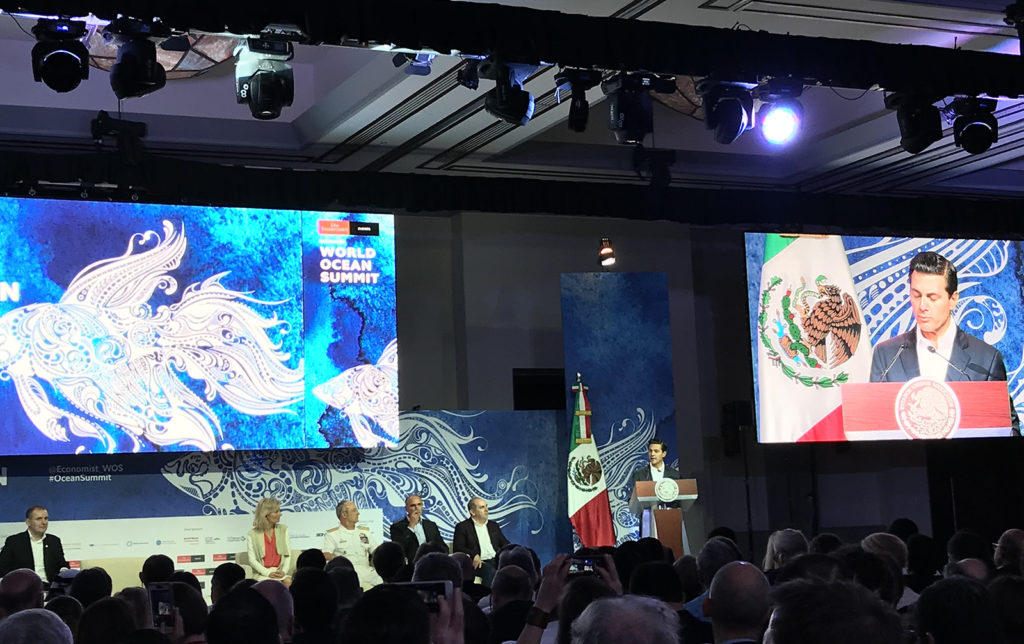
Responsibility
At World Ocean Summit, Mexico asks: What do we want our oceans to be?
While talk of preservation and conservation dominated the annual event, a blunt query reminded all that the oceans need protection and sustainable development.
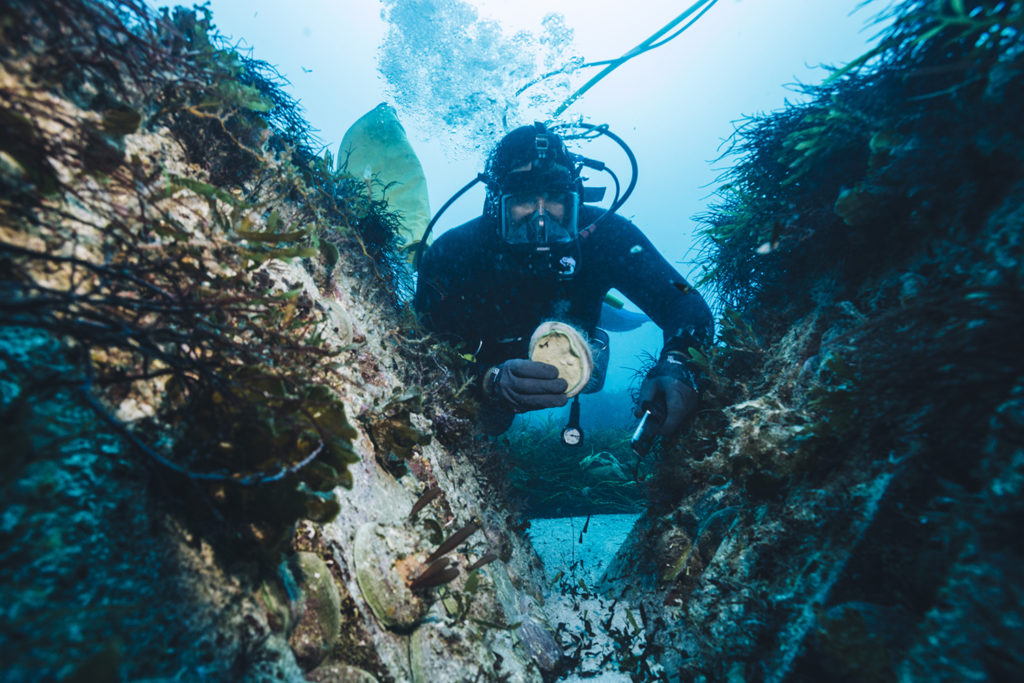
Intelligence
Documentary to depict ‘what we should demand’ from aquaculture
Dutch team behind “Aquaculture Pioneers” aims to portray cutting-edge fish farming around the world when it is released in 2021.
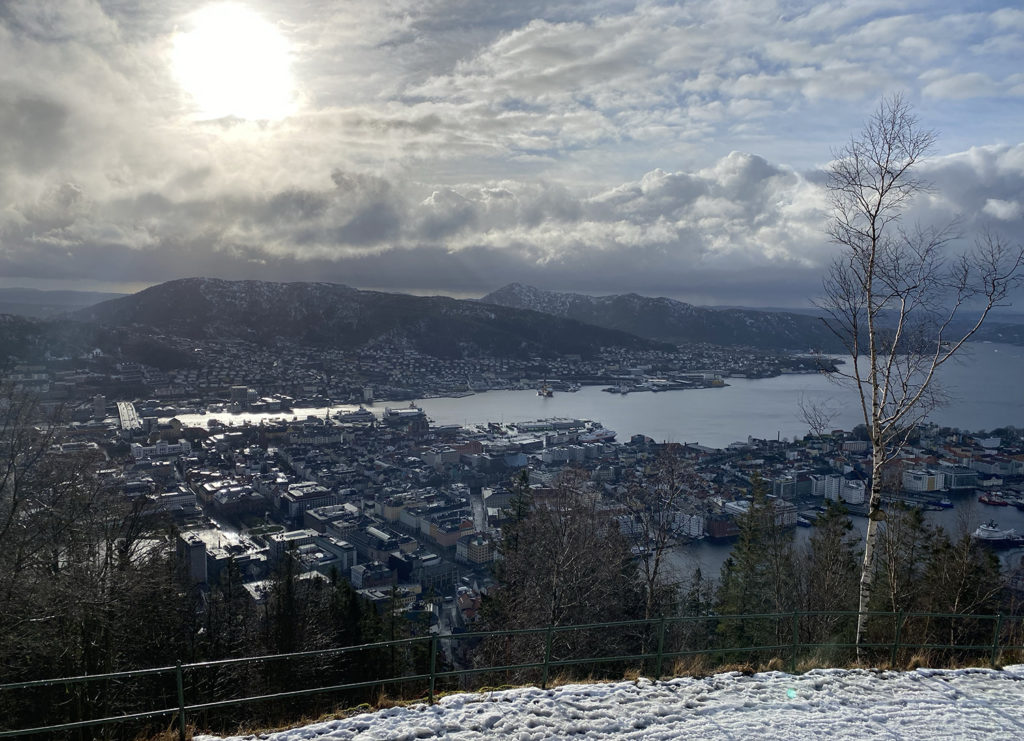
Intelligence
Notes from the 15th North Atlantic Seafood Forum
C-level seafood executives from around the world gathered at the North Atlantic Seafood Forum to discuss pressing issues facing fisheries and aquaculture.
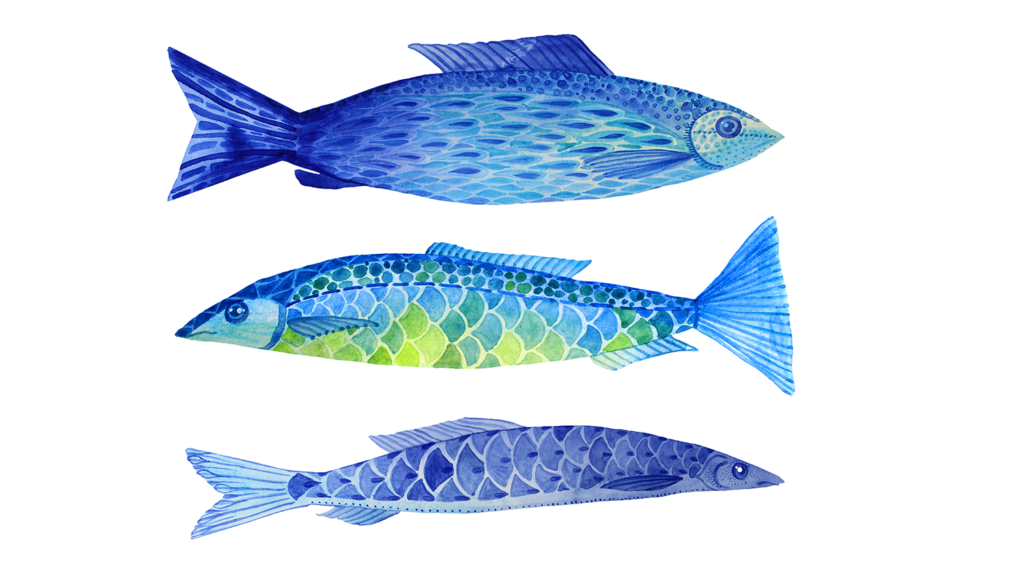
Responsibility
A wider view: It’s blue food’s time
There is urgency to conversations about the role of blue food in mitigating climate change, increasing momentum toward some specific goals.


